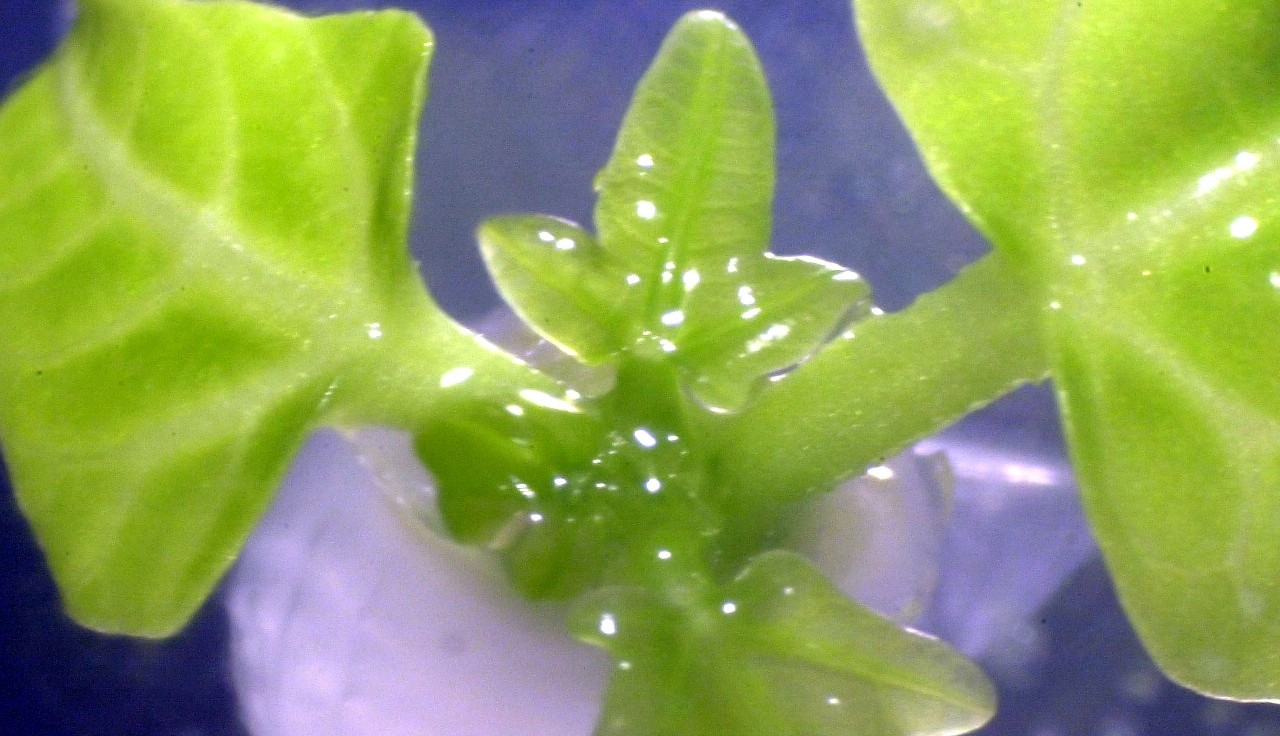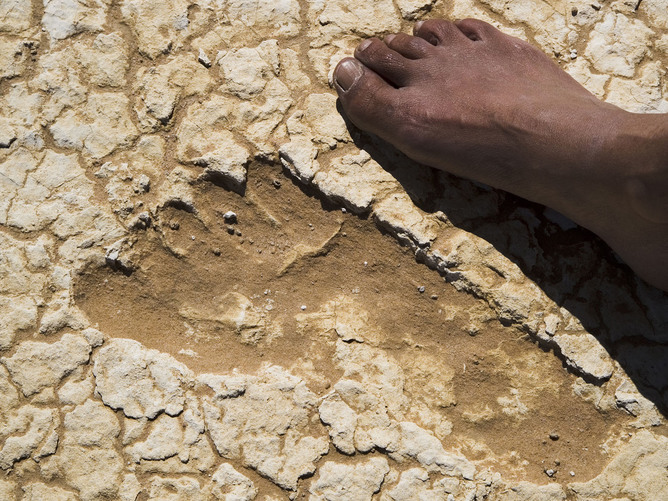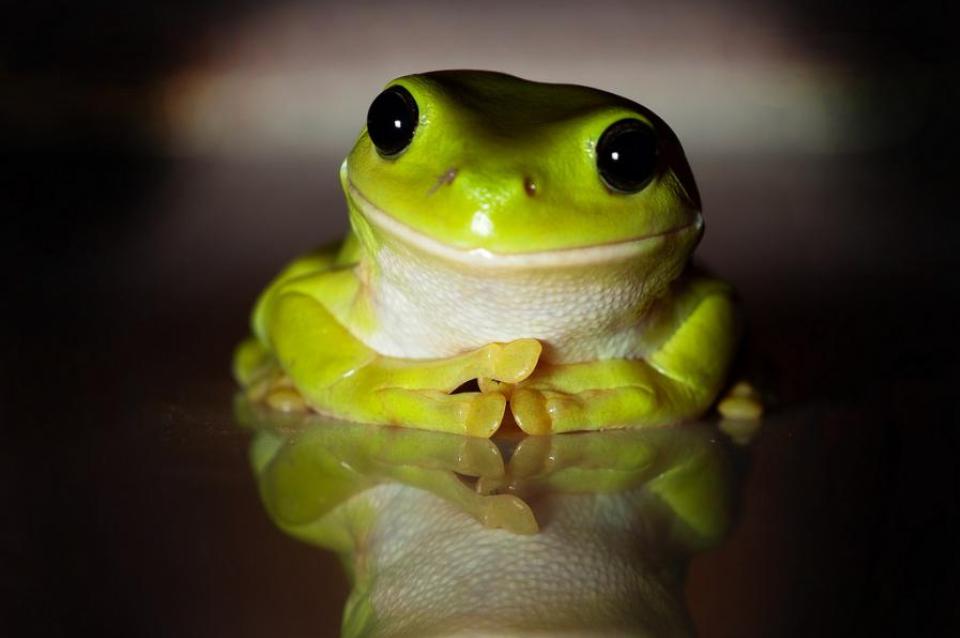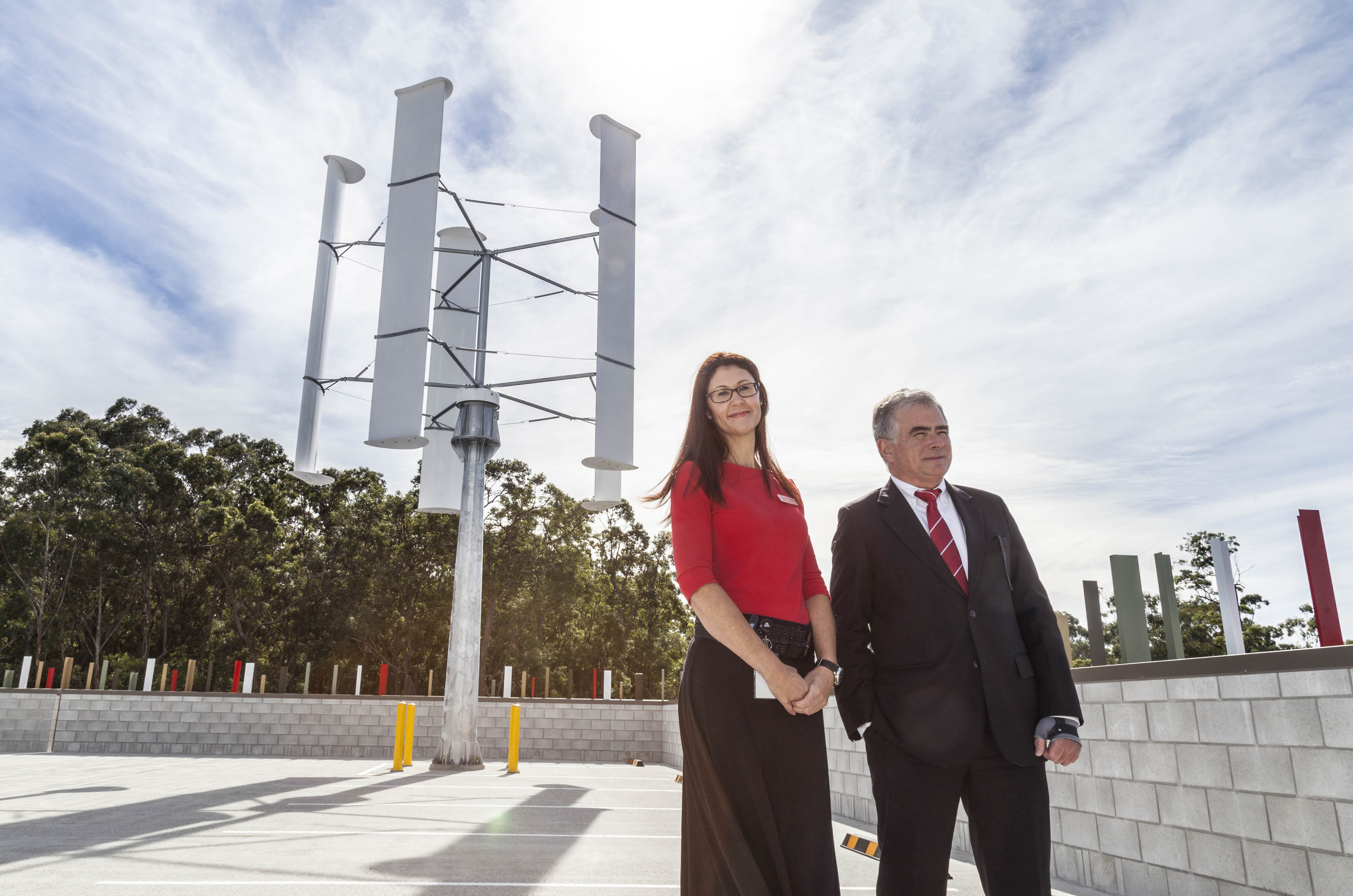The idea of a seed bank is to preserve the biodiversity of our food crops, in case of natural or human induced calamity, but there are a multitude of crops that can to viably be stored within these banks. How do we secure the future of these crops?

Deep within a Norwegian mountain, a bomb-proof concrete bunker shields a collection of seeds that may one day save humanity.
Since its opening in 2008, the Svalbard Global Seed Vault has often been referred to as the “Doomsday” seed bank. It is a repository of samples from national crop seed banks across the globe, and provides insurance against future threats to world food supplies.
If climate conditions were to change suddenly, or crops upon which we depend eradicated by pests or disease, scientists could draw on this hoard of seeds from current varieties and their wild ancestors, to develop new plants which may cope better with the altered conditions.
While almost every nation around the world has its own seed collections for future food security, the Vault is a global backup protection system. Should disaster strike any one of the individual facilities, the Svalbard collection will still harbour the genetic blueprints for plants from that region.
Not on the Ark?
But what happens to seeds not on board this botanical Noah’s Ark?
This includes a vast number of wild plants not currently recognised as a food source, many of which are at risk of disappearing.
These wild plants are a potentially untapped source of medicines, food and adaptation to future environments. A number of national and international organisations such as the Millennium Seed Bank at Kew gardens in England and the Australian Seed Bank Partnership are dedicated to collecting these wild plant seeds and preserving their genetic biodiversity for the future.
To preserve seeds long-term strict drying and freezing protocols are used. It is this very preservation process which is proving to be a selection mechanism in itself, because there are numerous tropical seeds which cannot remain viable under the current drying and freezing regimes.
Cryopreservation
Of particular concern to a group of researchers at Griffith’s Environmental Futures Research Institute are the seeds of fleshy tropical fruits such as those popular in Australia; papaya, mango, citrus and local rainforest fruits.
Dr Sarah Ashmore leads a team which is harnessing plant biotechnology techniques to preserve these precious plant resources.
“At present such tropical crops have to be maintained as living plants instead of as seeds. This is problematic as living collections are labour-intensive, exposed to environmental factors such as drought and frosts as well as attack from pests and diseases that could result in these important backup resources being destroyed.” Dr Ashmore said.
“We are working towards an alternative technology to standard seed banking of these fleshy fruits by storing the seeds or just the extracted embryos using cryopreservation. This is similar to current IVF practices in humans.”
Cryopreservation involves freezing the seed or embryo in liquid nitrogen at -196oC, well below the -20oC traditionally found in seed banks such as Svalbard. When stored in this way, plants can only be regenerated through tissue culture methods in controlled environment growth rooms.
Wild relatives
Many Australian rainforest plants are rare or threatened in the wild so fingers limes, and other native fruits, are currently being trialled using these techniques.
 “It is vital to store Australia’s six native citrus species, as they are not found anywhere else in the world. These are the wild relatives of the citrus fruit we buy in our grocery stores,” Dr Ashmore said.
“It is vital to store Australia’s six native citrus species, as they are not found anywhere else in the world. These are the wild relatives of the citrus fruit we buy in our grocery stores,” Dr Ashmore said.
“Getting these fruits into our seed banks is an important insurance policy against loss of crop diversity.
Griffith University, through Dr. Ashmore, is an active member of the Australian Seed Bank Partnership and the Millennium Seed Bank Partnership that support on-going research and conservation of seed collections.
And she is passionate about why we need to be so vigilant.
“The natural traits in our crop gene banks represent millions of years of adaptation to a wide variety of climates.
“We’d be stupid to ignore what evolution has already given us. The genes in these seed banks and hopefully the ones we can get into these banks soon are the only way we’re going to stay one step ahead of climate change.”
Dr. Ashmore is co-convening the 4th International Symposium on Plant genetic Resources: Genetic Resources for Climate Change. This is part of the 29th International Horticultural Congress to be held in Brisbane, August 17-22, 2014. The Symposium is jointly organised by Griffith University, the Global Crop Diversity Trust, Bioversity International and the International Society for Horticultural Science.







